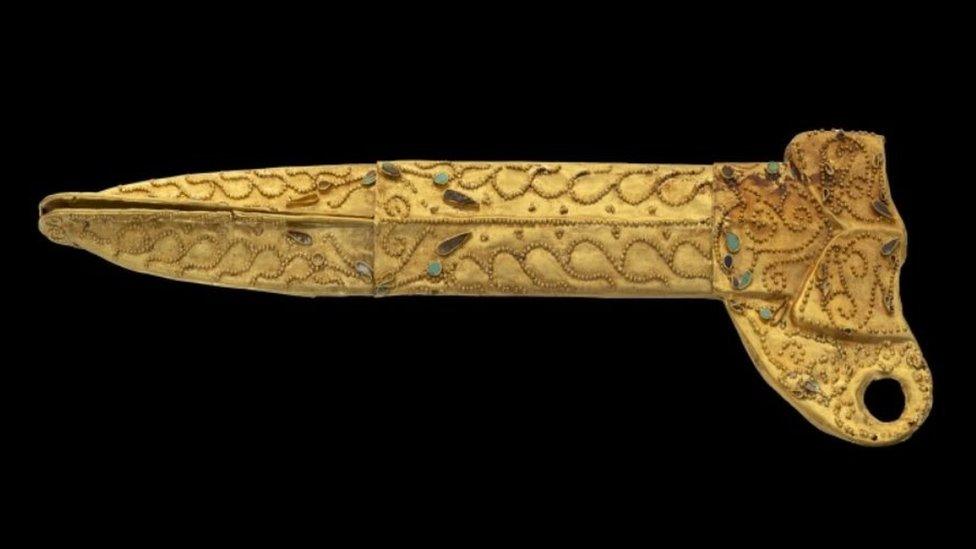Cambridge museum's new galleries reveal art's 'rich history'
- Published

Joy Labinjo's painting of abolitionist Olaudah Equiano, with his wife Susanna Cullen, has been hung beside the 18th Century portraits it relates to
The "rich and diverse history" of art from the 18th Century onwards is being showcased in new displays at a museum's five main picture galleries.
The galleries of the Fitzwilliam Museum in Cambridge have been refurbished.
New acquisitions and never-before seen works have been hung alongside existing works by artists such as Thomas Gainsborough and Paul Cézanne.
Curator Rebecca Birrell said it had rearranged the galleries to appeal to a broader audience.
"It's about showcasing [that] art's historical past is more rich and diverse than people think," she explained.
"They have always been working and exhibiting, yet they have not been represented in museums in the same way."
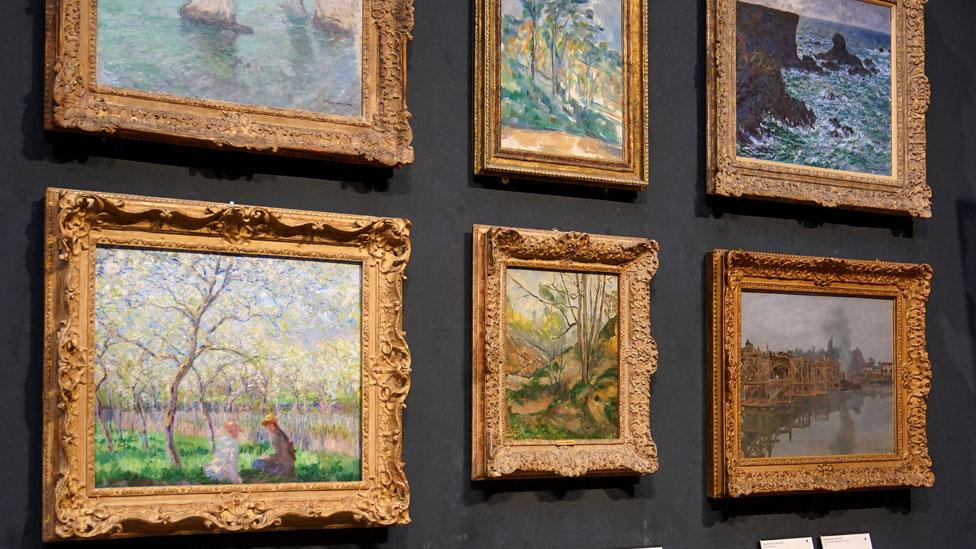
The museum's collection of French impressionist landscapes are now hung in the new nature-themed gallery
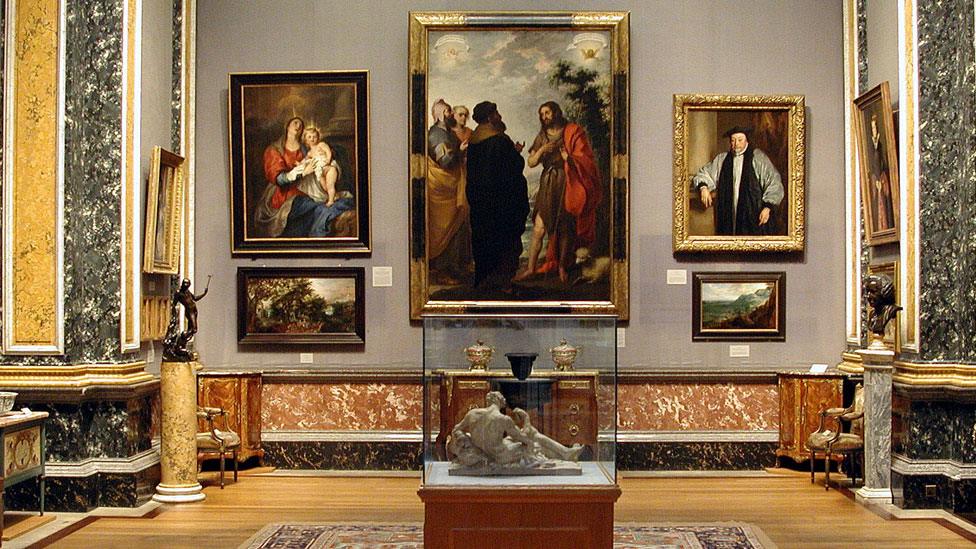
The painting galleries had been laid out a more traditional way, with little information on the artists and their context
Before the refurbishment, the galleries were arranged according to the artists' nationality or chronologically.
Dr Birrell said: "Unless you were an art historian or already had an interest in say, 18th or 20th Century art, it was hard to see why they were grouped together in a room.
"So we decided to do a thematic hang, while retaining some of the chronological underpinning."
This allowed the museum to hang a newly acquired painting by contemporary artist Joy Labinjo, alongside the Georgian portraits her work relates to in the portrait-themed gallery.
It features the black 18th Century abolitionist Olaudah Equiano with his wife Susanna Cullen and their daughters.
Equiano met his wife in Cambridge in July 1789 during his book tour.
She was from Soham, Cambridgeshire, and, Dr Birrell explains, "became an ardent supporter of [the] abolitionist cause [through] having an interracial marriage" and accompanied Equiano on the book tour before they settled in the county.
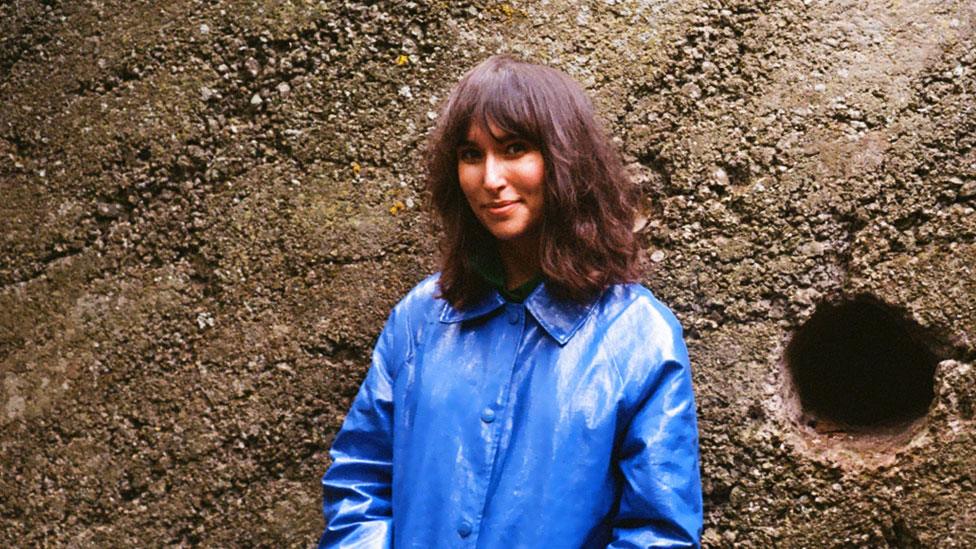
The non-traditional approach "is not going to please everybody" but the rehang aimed to go beyond "academic art historical" interest, said Rebecca Birrell
The other galleries are themed as still life and interiors; men looking at women; migration; and movement and nature.
On display for the first time is a nude by Ethel Walker, painted in 1916, and bequeathed to the University of Cambridge museum in 2006.
Dr Birrell said: "We believe it is the earliest nude by a queer woman artist in Britain; it's incredibly bold and courageous, as in 1916, Lesbianism was completely taboo.
"There are instances where art should have been on display and hadn't been - my mission [is] to put these things on display like the Walker."

Works by well-known artists are hung alongside less appreciated paintings, to explore their connections

Follow East of England news on Facebook, external, Instagram, external and X, external. Got a story? Email eastofenglandnews@bbc.co.uk, external or WhatsApp 0800 169 1830
Related topics
- Published28 August 2023
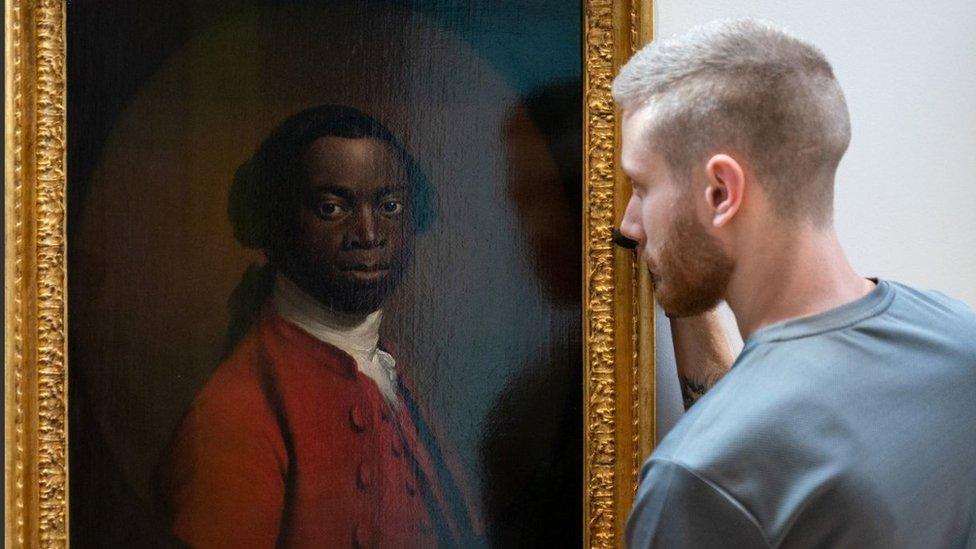
- Published12 December 2023
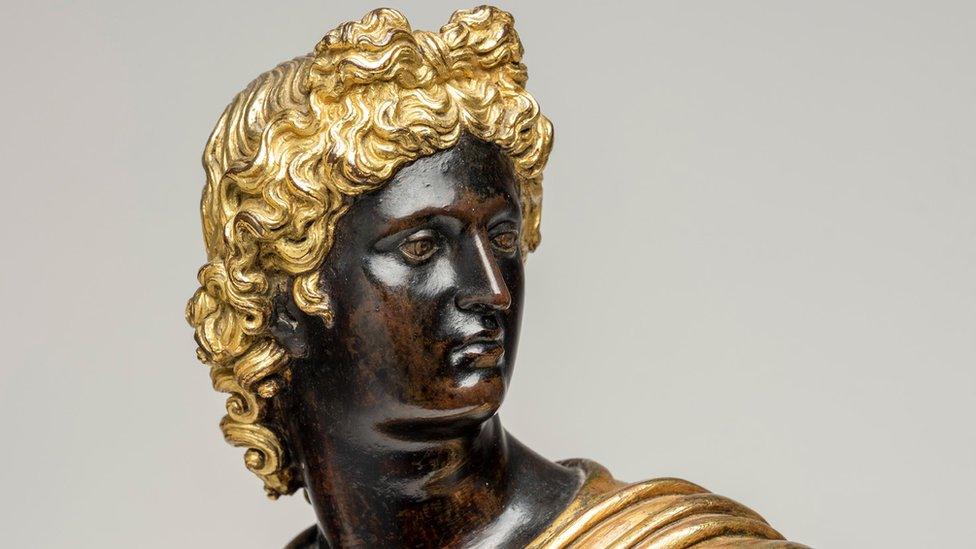
- Published29 March 2023
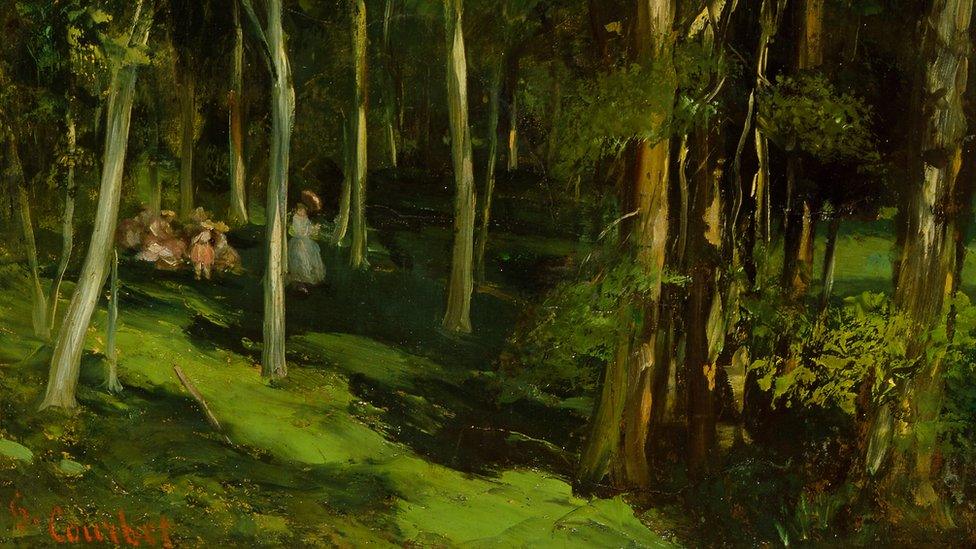
- Published9 August 2021
